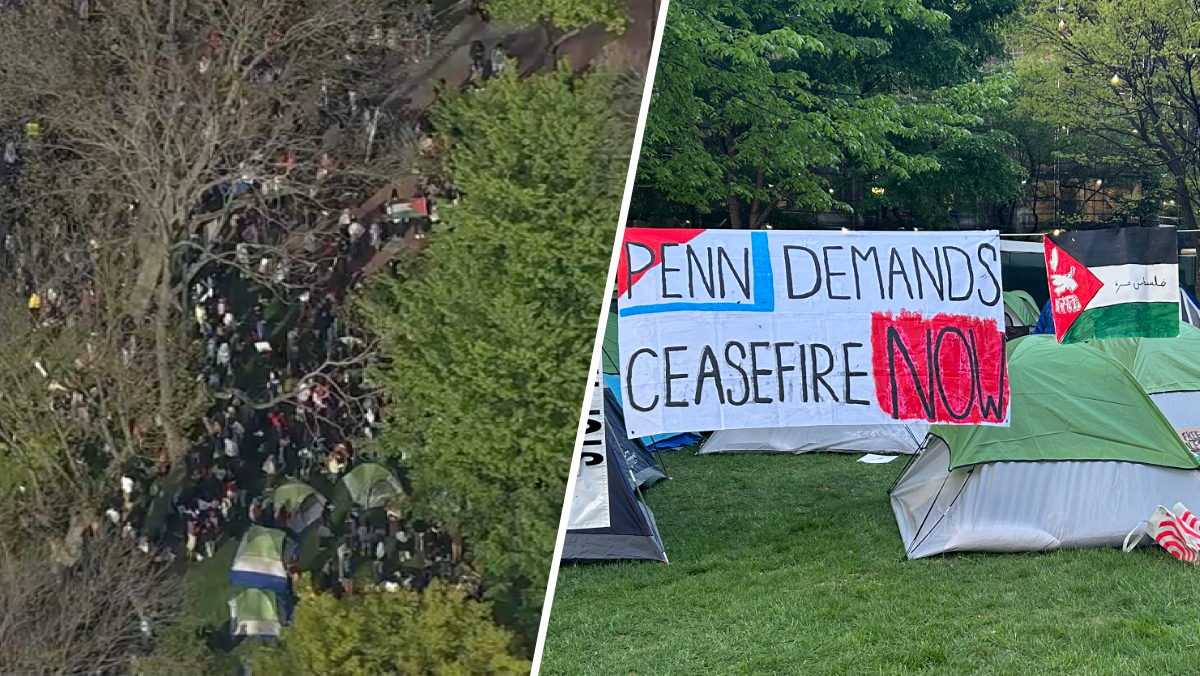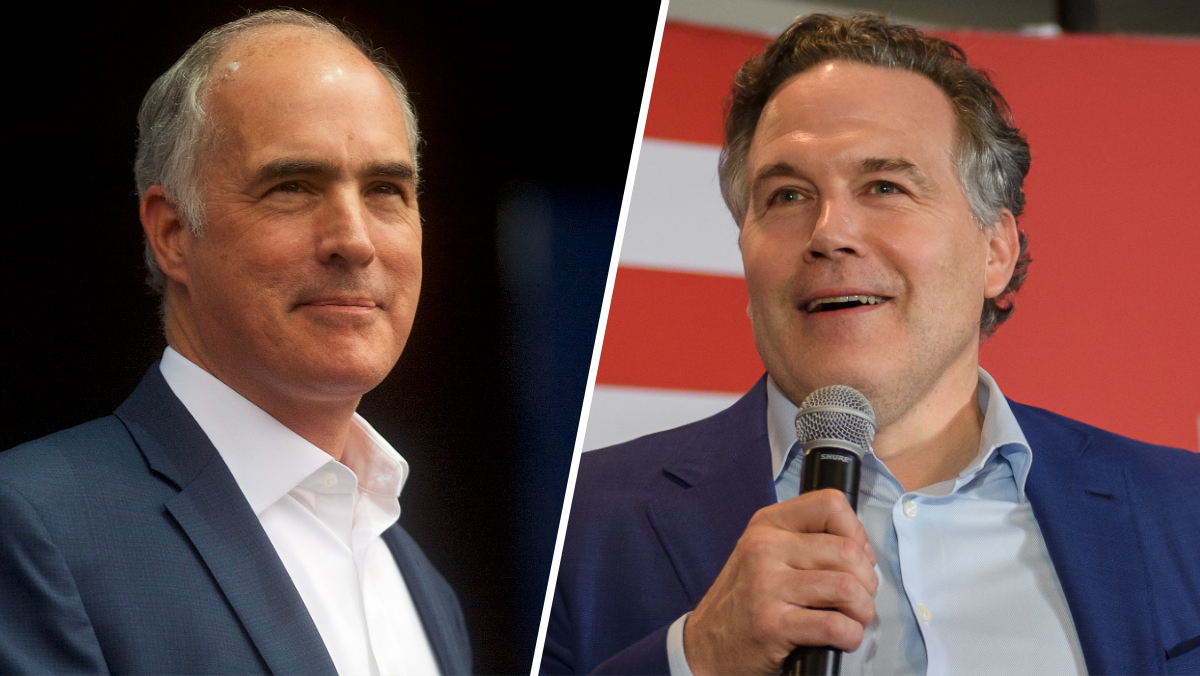State lawmakers returned on Tuesday to a familiar topic: whether to start the lengthy process required to cut the size of the 253-member General Assembly.
Pennsylvania has the second-largest legislature in the nation -- behind New Hampshire -- and the largest full-time state legislative body.
At a House State Government Committee informational hearing on a handful of pending bills, the idea's projected benefits -- mainly more efficient lawmaking and lower costs -- were contrasted against potential harm -- such as a loss of clout for rural residents and less one-on-one contact with constituents in larger districts.
Rep. Mark Cohen called a smaller General Assembly a “terrible idea” that would reduce the range of political opinions that are currently represented in Harrisburg, in part by making it more expensive to win a House seat.
“One thing we do not need is more self-aggrandizement in the legislative process,” said Cohen, D-Philadelphia. He said the Legislature's budget of about $300 million is about 1 percent of the state budget, and said cutting 50 or so seats would have a minor fiscal impact.
The House currently has 203 members and the Senate 50. Each House member currently represents about 63,000 people, a typical senator about 254,000.
House Speaker Sam Smith predicted his plan to cut the House to 153 members would improve members' understanding, communications and ability to build consensus.
Politics
He said the chamber's relatively large size has been a problem for members during lengthy floor debates.
“I've watched people stand and sit down out of frustration,” said Smith, R-Jefferson.
Rep. Mark Mustio, R-Allegheny, discussed his three bills that take different approaches to downsizing, including “nesting” House districts inside Senate districts and expanding legislative terms, currently two years in the House and four in the Senate, by two years.
Other bills would cut the House to 151 and the Senate to 40; reduce the House to 121 and the Senate to 30; or cut the House by 10 members every decade for 50 years.
A bill sponsored by Rep. Mike Reese, R-Westmoreland, would accompany a 62-member cut with a 20 percent drop in the appropriation for legislative staff.
Reese said modern transportation and electronic communications make larger districts more practical than in the past.
Pennsylvanians “have great representation,” Reese said. “They can constantly communicate with the legislator.”
Such a change would require a constitutional amendment, which has to pass the Legislature in consecutive two-year sessions before going to the state's voters for final approval.
The size of the Pennsylvania General Assembly has changed repeatedly over its long history, with the current complement established by the 1968 constitutional convention.



